Adding a residential elevator to your Tampa home can significantly enhance accessibility, improve your quality of life, and even increase your property value. However, the installation process requires careful planning and collaboration between you, a reputable elevator company, and potentially other professionals like architects and builders. This guide provides a comprehensive overview of the typical residential elevator installation procedures in Tampa, Florida.
Pre-Installation: Planning and Preparation
- Consultation and Needs Assessment:
- The first step involves contacting a licensed and insured Tampa-based elevator company. Reputable companies will offer a free consultation to discuss your needs, preferred elevator type (hydraulic, vacuum, etc.), budget, and space constraints.
- During the consultation, the company representative will assess your home’s layout, measure available space, and discuss potential elevator locations that optimize functionality and aesthetics.
- Permitting and Approvals:
- Installing a residential elevator typically requires obtaining permits from the City of Tampa and potentially your homeowner’s association. The elevator company may assist you with the permitting process, but it’s recommended to double-check requirements with the city directly.
- Depending on your chosen location and elevator type, additional approvals from architects, structural engineers, or your homeowner’s association might be necessary.
- Design and Customization:
- Once the initial planning is complete, the elevator company will create a detailed design proposal outlining the elevator specifications, placement, and any necessary structural modifications.
- Many companies offer a wide range of customization options for car finishes, doors, lighting, and control panels. Discuss these options and finalize the design based on your preferences and budget.
- Pre-Construction Preparations:
- The elevator company will schedule a pre-construction meeting to discuss the installation timeline, potential disruptions, and safety protocols.
- You might need to temporarily relocate furniture or valuables in the designated elevator area to ensure a smooth installation process.
Installation Process

The actual installation process can vary depending on the chosen elevator type and complexity, but generally follows these steps:
- Delivery of Elevator Components:
- The elevator company will deliver the pre-fabricated elevator components and necessary equipment to your home.
- Structural Modifications (if required):
- Depending on the chosen location and elevator type, some structural modifications might be necessary. This could involve creating a hoistway (elevator shaft), reinforcing existing walls, or adding a pit (for some hydraulic elevators).
- A qualified contractor or structural engineer will handle these modifications according to approved plans.
- Hoistway and Cab Installation:
- The hoistway, which is the vertical shaft through which the elevator travels, will be constructed using pre-fabricated panels or constructed on-site based on the design.
- The elevator cab will be carefully lowered into the hoistway and secured.
- Mechanical and Electrical Installation:
- Trained technicians will install the elevator’s mechanical components, including the drive system, counterweights, and safety features.
- Qualified electricians will connect the elevator’s electrical system according to code and ensure proper functionality.
- Finishing Touches and Inspections:
- Once the mechanical and electrical installations are complete, the company will focus on finishing touches like installing doors, control panels, and any chosen interior finishes.
- A thorough inspection will be conducted by the company and potentially a third-party inspector to ensure compliance with building codes and safety standards.
Post-Installation:
- Training and Maintenance:
- The elevator company will provide you with comprehensive training on using the elevator safely and effectively.
- They will also discuss proper maintenance procedures and establish a regular maintenance schedule to ensure the elevator’s continued smooth operation.
- Warranties and Support:
- Reputable companies will offer warranties on both parts and labor, ensuring peace of mind in case of any malfunctions.
- They will also establish a reliable support system to address any questions or concerns you might have after the installation.
Additional Considerations
- Cost: The cost of installing a residential elevator in Tampa can vary significantly depending on the chosen type, size, customization options, and any necessary structural modifications. Expect a range of $20,000 to $75,000 or more.
- Timeline: The installation process can take anywhere from a few weeks to several months depending on complexity and permitting procedures.
- Financing Options: Some elevator companies offer financing options to make this investment more manageable.
Elevator Types Common in Tampa
- Hydraulic elevators: These are the most common type for residential installations in Tampa. They utilize a piston and cylinder system powered by a hydraulic pump to drive the elevator.
- Pros: Smooth ride, quieter operation, flexible placement options.
- Cons: Requires a pit (below ground level) in some cases, higher maintenance requirements.
- Pneumatic vacuum elevators: These utilize a vacuum pressure system to propel the elevator car within a sealed tube.
- Pros: Eco-friendly, space-saving, visually appealing, no pit required.
- Cons: Limited weight capacity, higher initial cost, might not be suitable for all home styles.
- Electric traction elevators: These use a winch system powered by an electric motor to raise and lower the elevator car.
- Pros: Higher weight capacity, suitable for multi-story homes, smooth ride.
- Cons: Requires a dedicated machine room, complex installation process, typically the most expensive option.
Important Codes and Regulations:
- American Society of Mechanical Engineers (ASME) A17.1 Safety Standard for Elevators and Escalators: This standard sets the minimum safety requirements for all elevators in the United States, including residential models.
- Florida Building Code (FBC): This code outlines specific construction and safety regulations for residential elevators in Florida.
- City of Tampa Building Codes: Tampa might have additional local regulations for elevator installations, so checking with the city’s building department is crucial.
Structural Considerations:
- Load-bearing capacity: Your home’s structure needs to be able to support the weight of the elevator, including the car, passengers, and any additional equipment. A structural engineer can assess your home’s load-bearing capacity and recommend any necessary reinforcements.
- Hoistway construction: The hoistway, which is the vertical shaft the elevator travels through, needs to be constructed with sturdy materials that meet safety codes.
- Electrical requirements: A dedicated electrical circuit with sufficient capacity will be needed to power the elevator.
Pros and Cons of Installing a Residential Elevator in Tampa:
Pros:
- Increased accessibility: Elevators make it easier to navigate your home for individuals with mobility limitations.
- Improved quality of life: Elevators can help maintain independence and prevent the need to move to a single-story home.
- Potential increase in home value: In some cases, elevators can make your home more attractive to potential buyers, particularly those with aging-in-place considerations.
Cons:
- Cost: The initial installation cost can be significant.
- Maintenance: Regular maintenance is necessary to ensure the elevator’s safe and reliable operation.
- Space considerations: Installing an elevator might require some space modifications depending on the chosen type and location.
- Visual impact: An elevator shaft can potentially alter the aesthetics of your home, especially if not carefully planned.
Finding a Qualified Elevator Company in Tampa:
To ensure a smooth and safe installation process, choosing a reputable and experienced elevator company with a proven track record in Tampa is essential. Here are some tips:
- Check online reviews and ratings.
- Ask for references and contact past clients.
- Verify the company’s licenses and insurance.
- Compare quotes and proposals from multiple companies.
- Ensure the company is familiar with the relevant codes and regulations.
By understanding the technical considerations, legal requirements, and potential benefits and drawbacks, you can make an informed decision about installing a residential elevator in your Tampa home. Remember, this guide provides a general overview; always consult with a qualified elevator company for specific recommendations and to address any unique concerns you might have.








